5 reasons why I’m waiting for the Google Pixel 6
The Pixel 6 is coming, and this is why I'm excited about it
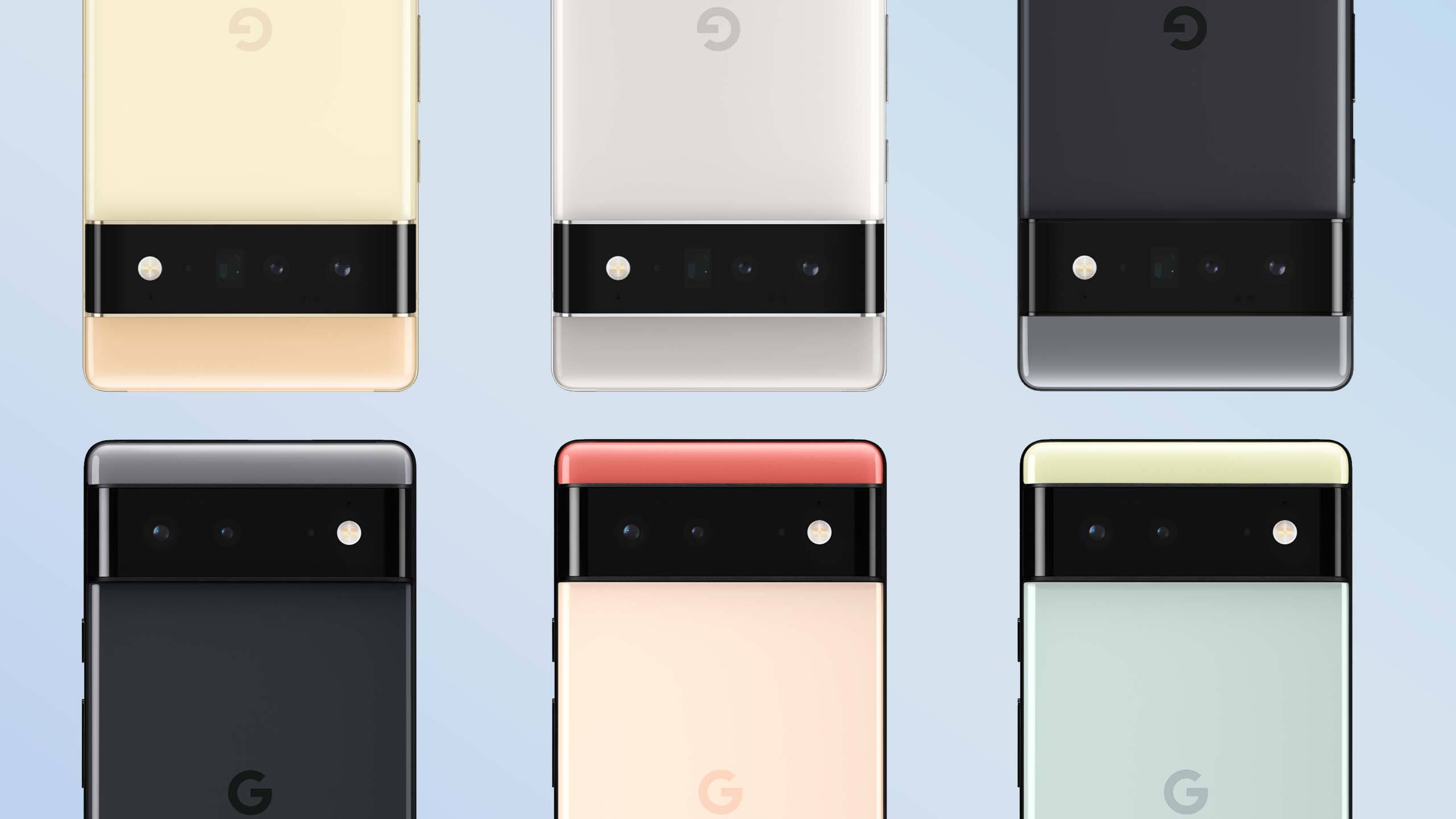
We’re at that time of year when a bunch of new phones get announced. Some, like the Pixel 5a, have already been announced. Others are still to come, including the Pixel 6 — a phone that looks to make big changes to Google’s Pixel range.
Now that the Pixel 5 has been officially discontinued, the Pixel 6’s launch looks to be imminent. It’s an event that I am eagerly looking forward to, for a variety of reasons, least of all the fact I really need a brand new phone.
- Everything we know about the Google Pixel 6
- Google Pixel 5a review: King of the affordable phones
- Plus: Samsung Galaxy S22 upgrade reportedly just got killed — and that’s okay
I am still rocking a OnePlus 7 Pro, a phone I first got when it launched back in May 2019. This phone has gone around the world with me, back when that was still possible, and has performed pretty admirably. But it’s on it’s way out. Not only is the OLED screen starting to burn in, it's starting to struggle to connect to the cell network at times.
So it’s time for a new phone, and I have my sights set on either a Pixel 6, or the Pixel 6 Pro. And while I’d rather ditch my ailing handset sooner rather than later, I’m going to wait a little while longer. Here’s why:
Pixel updates and Android 12

The Pixel range’s major selling point is that they are phones made by Google, the same company that develops the Android operating system. That means the Pixel range is at the absolute forefront of Android software advancement.
Not only do Pixels get updates before all other Android phones, they also come with a huge range of extra features that are typically only available on Pixel devices. Features like improved astrophotography, an auto-transcribing voice recorder powered by Google’s machine learning, call holding/screening and so on.
What’s more, the Pixel 6 should come with Android 12 right out of the box. Plenty of phones will get Android 12 at some point, and you can install the beta version of the software on a huge number of phones made by several different companies.
Get instant access to breaking news, the hottest reviews, great deals and helpful tips.
But the devil is in the details, as they say. Those phones may get Android 12, but there’s absolutely no guarantee that it’ll happen quickly. While Google has invested a lot in helping third party phone makers roll out Android updates much faster, they still haven’t been able to offer them on day one. Not like Google has, and that’s what gives the Pixel 6 range a serious advantage.
Tensor chipset
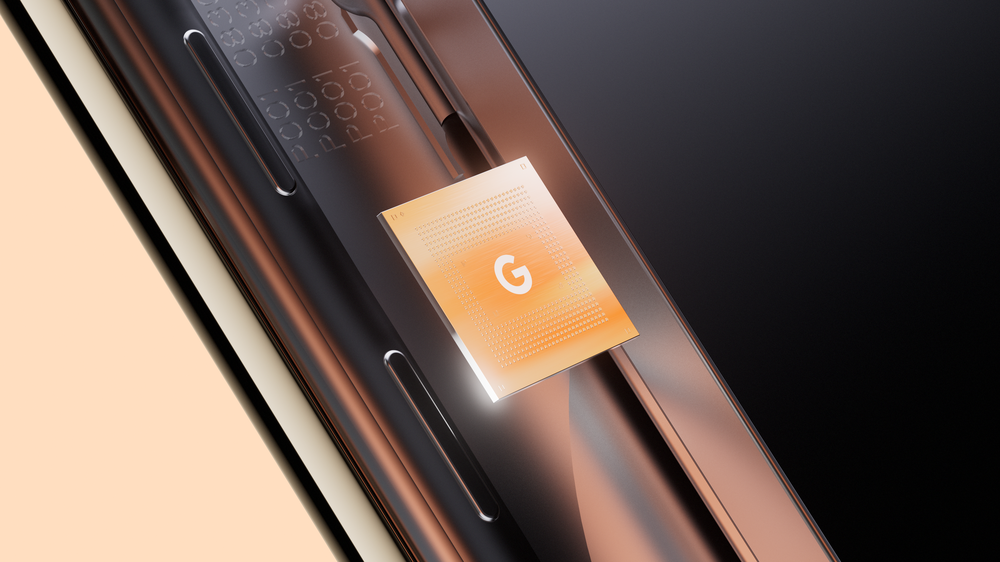
The big thing about the Pixel 6 is that it’s going to make history for Google, no matter how well received it is. Because Google is ditching Qualcomm’s Snapdragon chips for its own in-house chipset called Tensor.
Tensor’s main feature, from what we’ve heard so far, is that it’ll have a focus on AI and machine learning. Google has invested a lot in both of those things over the years, to improve features and camera capabilities, but Tensor should be able to make a big leap in what Pixel phones can do.
However, there’s more to it than that. As Apple has proven over the years, there are advantages to building your own chips in-house. Google put out the Pixel 5 last year, which was oddly underpowered. Its performance was middling at best, despite its excellent camera. I suspect Tensor won’t make any huge leaps in the Pixel 6’s capabilities compared to using a Qualcomm chip. Not in this first generation anyway, but it may not necessarily be an apples to apples comparison at the end of the day.
Instead, having its own chip means Google can better optimize performance by designing the chip around what they need from the phone — rather than designing a phone around whatever Qualcomm has cooked up this year.
If Google does things correctly, this, at the very least, could see the Pixel 6’s power requirements drop as a result of it having more control over what the chip actually does and when. Which would also go a long way to solving the Pixel range’s other big historical problem.
The battery
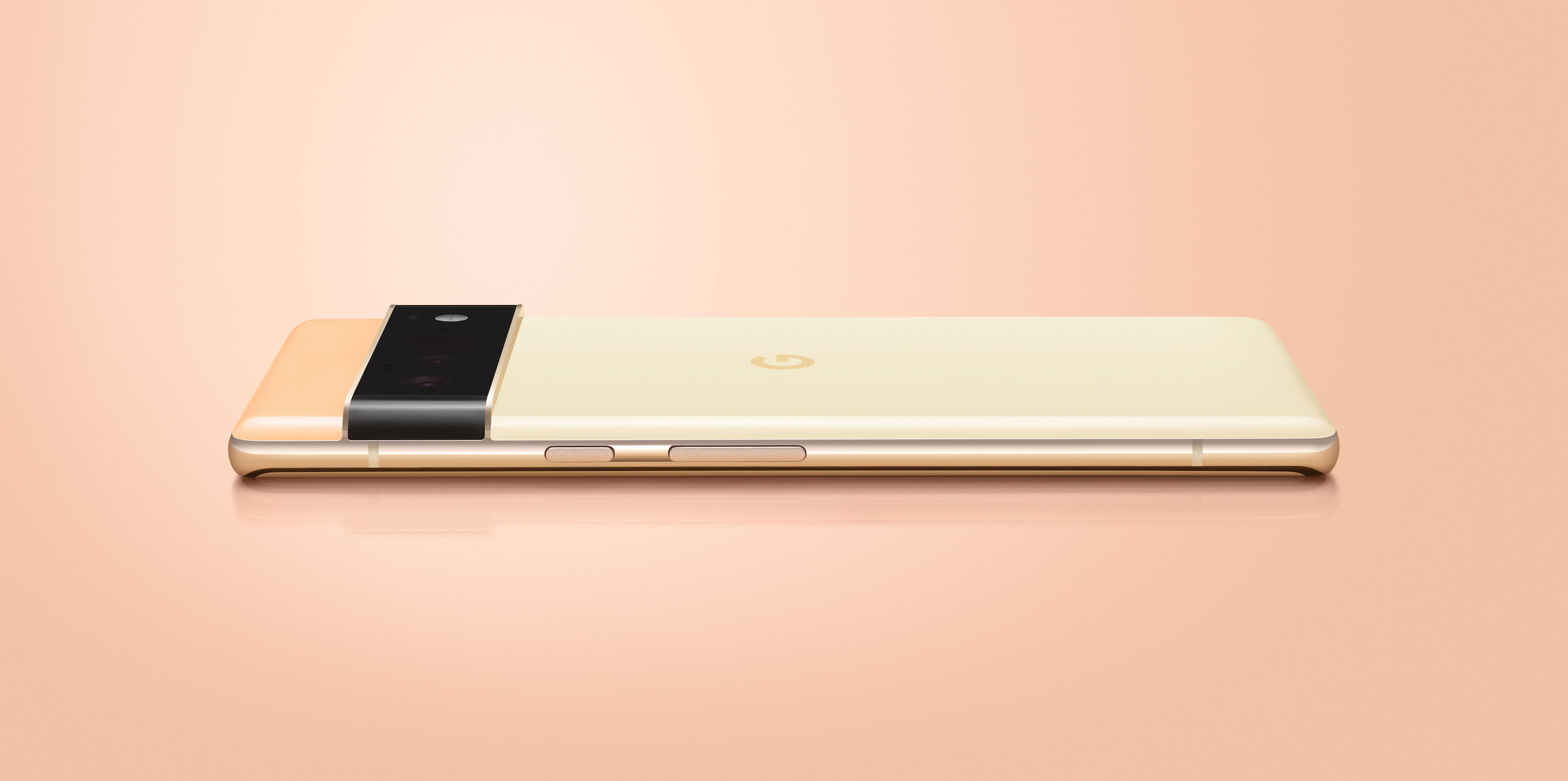
Historically, the battery has not been the Pixel series’ strongest attribute. But it certainly looks as though Google is taking note of how the Pixel range has fallen down in the past, and not falling into the same old mistakes.
Last year’s Pixel 5 packed in a 4,000 mAh battery that clocked in at nine hours and 29 minutes during our testing, which is a major increase over the Pixel 4’s 2,800 mAh battery that only lasted eight hours and three minutes. Likewise the Pixel 4a clocked in at eight hours and 55 minutes, and while that could be improved it’s got nearly an hour over both the Pixel 4 and the Pixel 4a 5G’s eight hours and 12 minutes.
However the newly-launched Pixel 5a seems to confirm that this isn’t a fluke. The phone’s 4,680 mAh battery packs in nearly ten hours of battery life, which gives me high hopes for the Pixel 6’s rumored 4,614 mAh of battery. It’s not as big as the 5a’s, but since the phone is a similar size and with similar capabilities, I can only hope that the phone is almost as long-lived.
After all, there is a Tensor chip in there, and if Apple has taught us anything it’s that designing a custom chipset for a phone can do wonders for decreasing overall power consumption. But, failing that, the Pixel 6 Pro’s rumored 5,000 mAh battery might just do the trick.
The camera
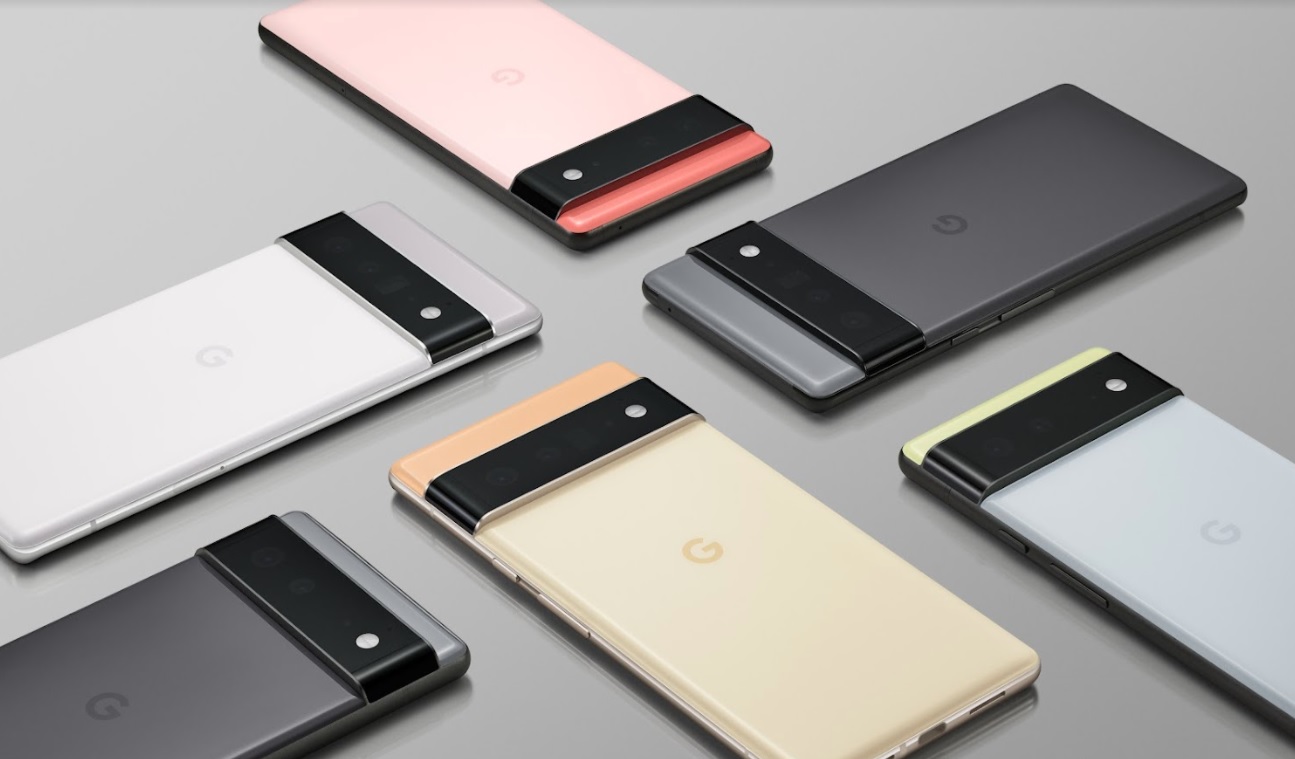
By and large, the camera has always been one of the best things about having a Pixel phone. For all their faults, Pixels have consistently come out with exceptional photo quality, boosted by the fact Google has invested so much in computational photography and post-production capabilities.
Needless to say, we expect that the Pixel 6 range, particularly the Pixel 6 Pro, is going to be more of that — albeit with some fancy new hardware coming along for the ride.
Rumor is that the Pixel 6 will come packing a 50MP wide angle lens, and a 12MP ultra wide angle camera. The Pixel 6 Pro will also offer a 48MP telephoto lens, which should complement Google’s existing prowess with the AI-enhanced Super Res Zoom.
Compare all that to the Pixel 5, which has a 12.2MP wide angle lens and a 16MP ultrawide angle lens, and still made it to our list of the best camera phones. There’s more to taking good photos than hardware, as Google has shown over the years, but the Pixel 6 range looks to be pairing Google's software prowess with some impressive hardware. And as someone that’s been using pretty mediocre camera phones for the past several years, that prospect is incredibly exciting.
The bigger screen
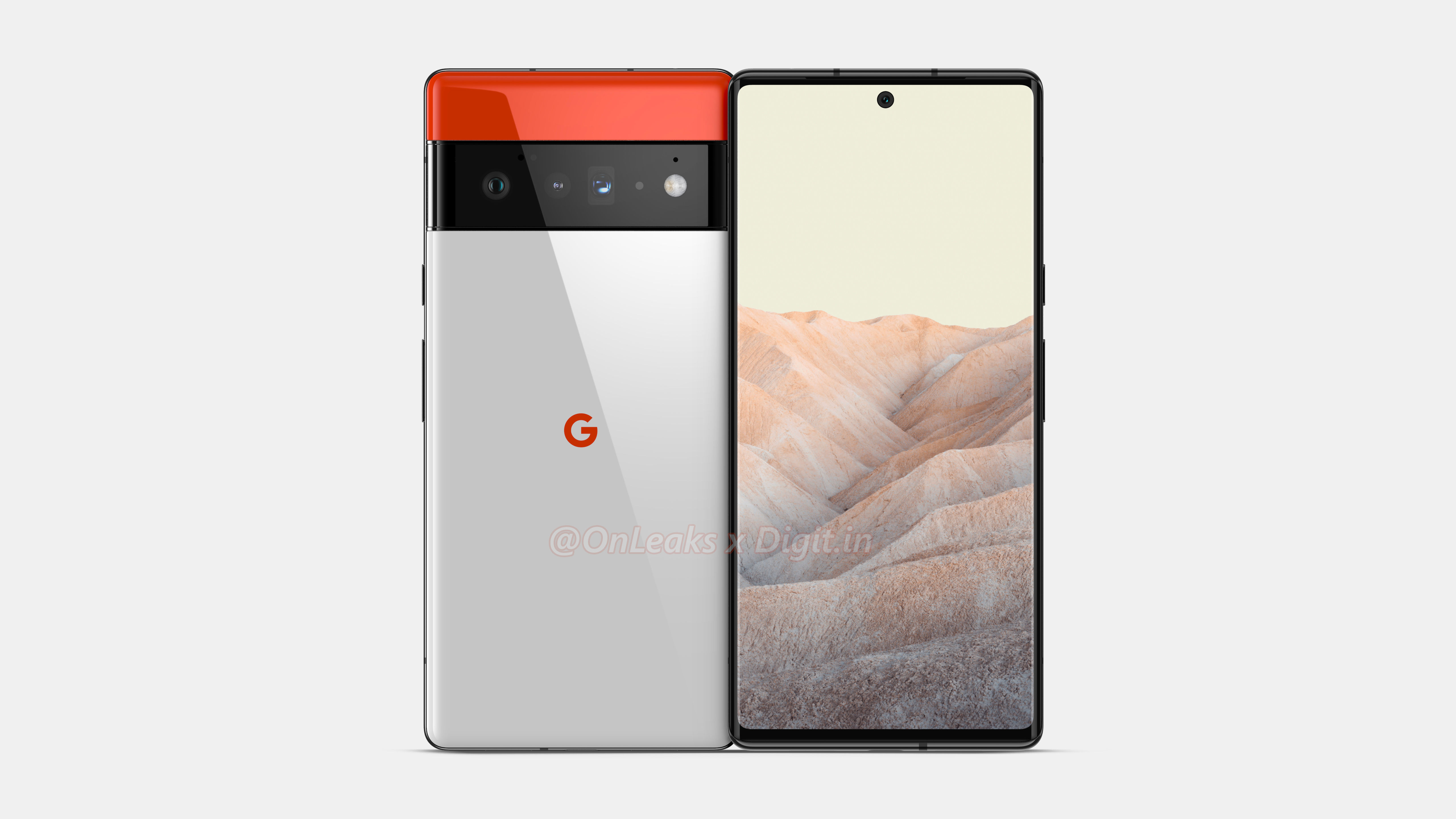
Phones have been getting bigger for years, to the point where a number of people lament the loss of the more compact devices of days gone by. I am not one of those people, and I’m interested in the rumors that the base-level Pixel 6 is set to come with a 6.4-inch display.
Over the past few years, I’ve used larger phones, and smaller phones, and I’ve discovered that I very much prefer my device to be on the larger side. The sweet spot seems to be around 6.5-inches, since it’s big enough to feel large and comfortable in my hands, but not so big that I need to struggle to reach all corners of the screen.
The 5.81-inch Pixel 4a and 6-inch Pixel 5 were both too small for my liking, and I wasn't so impressed with the Pixel 4a 5G’s battery capabilities. Meanwhile I may have been interested in the Pixel 5a, but Google decided it wasn’t going to be available where I live.
So it looks like the Pixel 6 is my next best choice. 6.4-inches is right in the sweet spot, and I’m not so concerned with resolution and battery life that the 1080p 90Hz panel is going to be a dealbreaker.
Sure, the Pixel 6 Pro is rumored to come with a QHD+ 120Hz display, which would be nice, but the rumors claim it has a larger 6.7-inch screen. That’s not the end of the world, but that is starting to get a little too big for my hands.
What might turn me off
Google has already confirmed that the Pixel 6 is going to be a "premium priced product," which is a worrying thought. Phones have been getting more and more expensive, but the Pixel range, as a whole, hasn't quite got to iPhone or Samsung Galaxy-level extremes just yet — the worst was the Pixel 4 family.
Unfortunately, 2021 might be the year that this finally happens. After all, the Pixel 5 was $799 at launch, which was an awful lot of money to spend on a phone that was ultimately rather underwhelming. If that wasn't premium pricing, I shudder to think what sort of price tag qualifies in the eyes of Google.
I was hoping that should the Pixel 6 out-price my budget, I could always pick up the Pixel 5a. It's not got nearly the same high-profile features as the Pixel 6 is rumored to have, but it still has more than enough to keep me happy for a couple of years. And with a $449 price tag, I would happily sacrifice some of the more frivolous features to save some money.
Unfortunately, I live in the U.K., and Google has already confirmed that the Pixel 5a will only be available in the U.S. and Japan. So that idea is out of the window. So now I just have to sit back and hope the Pixel 6 isn't too expensive, because, honestly, I have more important things to spend money on than a top of the range phone that costs almost as much as my first car.

Tom is the Tom's Guide's UK Phones Editor, tackling the latest smartphone news and vocally expressing his opinions about upcoming features or changes. It's long way from his days as editor of Gizmodo UK, when pretty much everything was on the table. He’s usually found trying to squeeze another giant Lego set onto the shelf, draining very large cups of coffee, or complaining about how terrible his Smart TV is.
